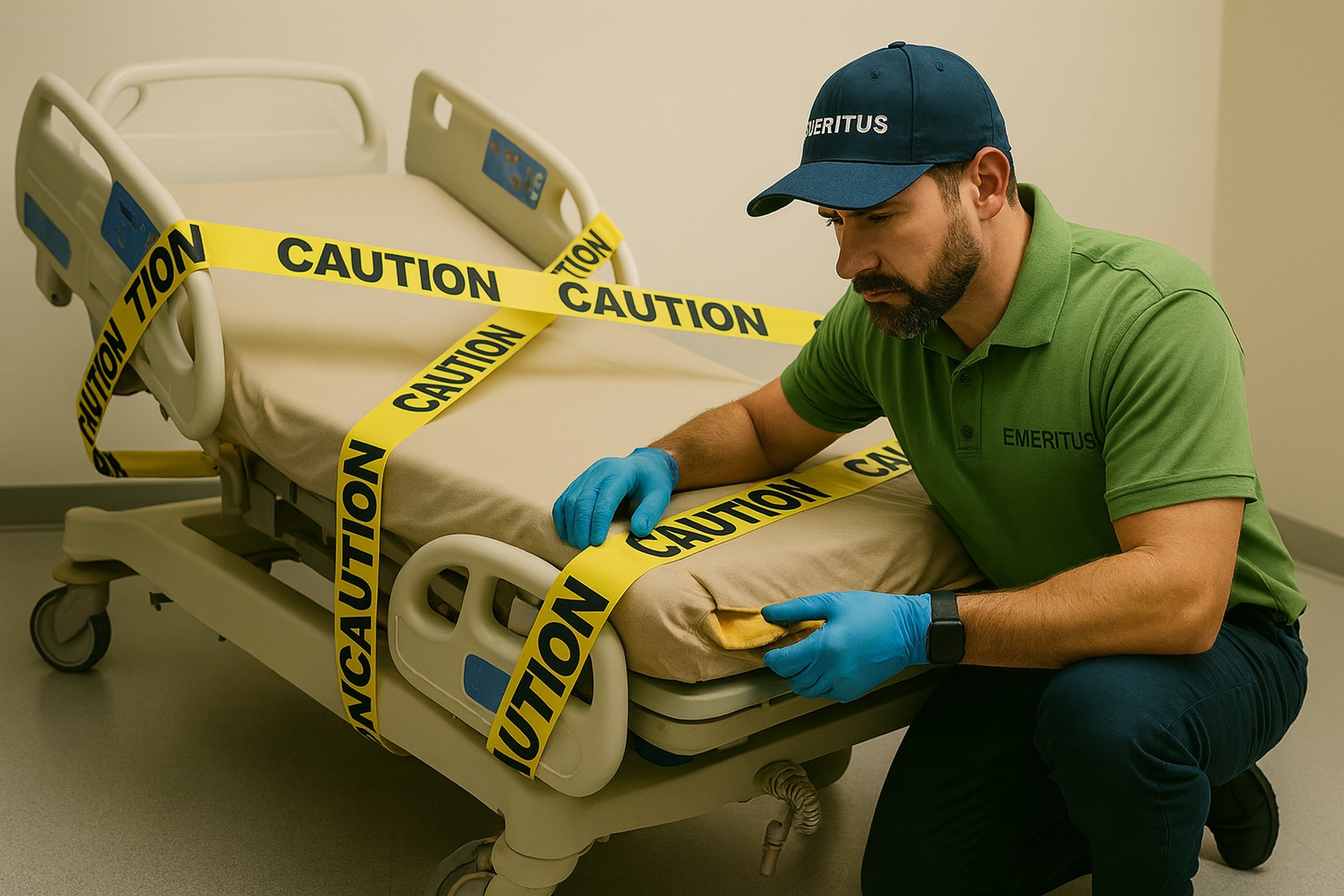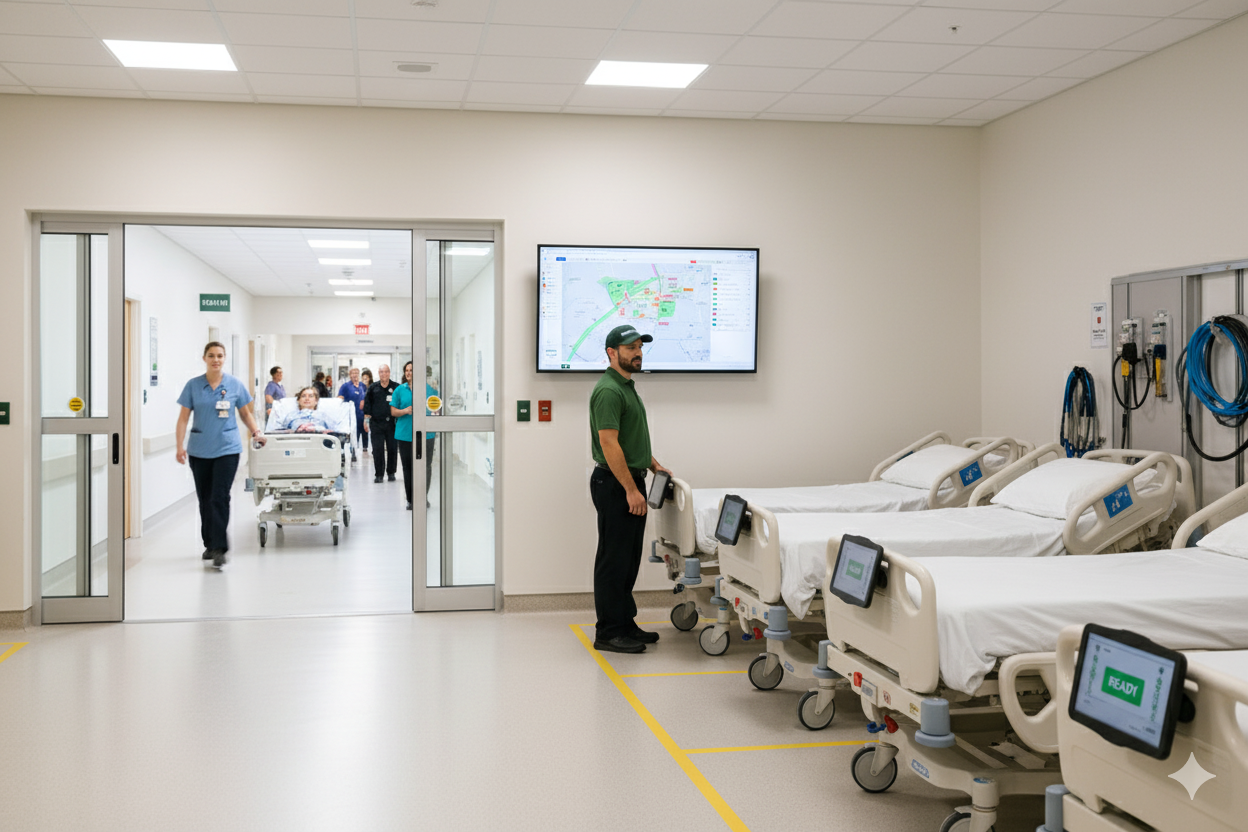
In-house bed maintenance might seem like the most straightforward option. After all, you’ve got a team of biomedical, facilities, and engineering experts, so why not add beds to their plate? But dig a little deeper, and the cracks start to show. From inefficiencies to hidden costs, here’s why in-house bed maintenance might be costing you more than you think.
- Your Team Has Better Things to Do
Let’s be real: your biomedical team didn’t train for years to spend their days fixing bedrails. They’re here for the big stuff—imaging systems, diagnostic tools, and life-support machines. Adding bed maintenance to their workload not only pulls them away from critical equipment but also increases the risk of burnout. Outsourcing lets them focus on what truly matters, and honestly, they’ll thank you for it. - Admin Chaos: A Never-Ending Loop
Keeping bed maintenance in-house means dealing with purchase orders, warranty tracking, compliance paperwork, and vendor coordination. It’s a logistical mess that takes up precious time. Outsourcing cuts through the noise with a single contract and a dedicated contact person, saving your admin team’s sanity. - OEMs: The Sneaky Money Pit
In-house teams often rely on OEMs for bed repairs, and OEMs love to charge a premium. Need a part? That’ll be an upcharge. Need it fast? Add some extra fees. Outsourced providers, on the other hand, focus on cost-effective solutions like component repairs and offer fixed-rate pricing. Why pay more when you don’t have to? - Compliance: The Silent Stressor
Keeping up with regulations is tough, especially when hospital beds are just one of many priorities. In-house teams can easily fall behind on compliance requirements, risking fines or failed inspections. Outsourcing ensures everything is by the book, with detailed records and proactive maintenance schedules to keep you audit-ready. - Patients Notice the Little Things
Let’s not forget who’s lying in those beds—your patients. A malfunctioning bed isn’t just inconvenient; it can disrupt care and cause discomfort. Outsourcing ensures beds are always in peak condition, leading to happier, safer patients.
The Final Verdict
In-house bed maintenance might seem like a good idea, but the hidden costs and inefficiencies add up fast. Outsourcing not only saves time and money but also improves compliance, patient care, and team morale. Why struggle when you can simplify?











